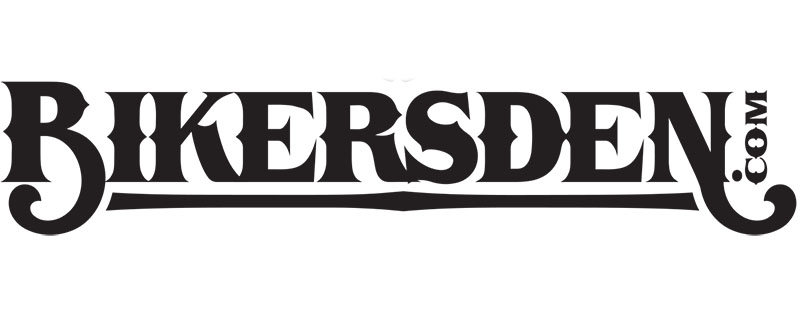Well fellas, for any of you that ride more than trailer, Sturgis is almost on top of us. Even if you have a trailer queen, you still want to look good and run smooth, and that all starts with tires.
I’d noticed that the tires on the Sportster were getting a little thin, so I’ve been doing a ton of comparison shopping online the last two weeks and there are some absolute steals to be had if you can mount the rubber yourself or can get “friend” prices from your local shop.
Do yourself a favor, though – check with the shop before you roll up expecting them to slap new feet on your bike. Some guys will take exception to you trying to “better deal” them from an online vendor and what seemed like a great deal will get quickly washed away by “environmental charges” and labor that is higher than if you had bought the tires there.
Personally, I can’t blame those guys – it is kind of a slap in their face that you are trying to save thirty or forty bucks on what is really a long-term investment in your safety.
On the other hand, if you have all the goodies to do it yourself, shop online and save some bread! At the minimum, you’ll need the usual hand tools and, of course, a way to get the old tire off and mount the new tire. An air tank is another obvious piece that you’ll need, but more than a few tires have been pumped up with the old fashioned hand operated pump.
So what are the criticals that you have to keep in mind when it comes to tires? The first one is how big can you go on your current wheel. Keep in mind that bigger is not always better, but within reason, going up a size or two is not a problem. You may have some minor speedometer issues, but, of course, you’ll have the look you want. The best part of all of this is that 95%of what you need to know about your bike’s tires is already on your tires, and the rest can be found with some basic searching online. Checking out your tire’s sidewall will give you the size, the manufacturer, and the date the tires were built. Scanning the internet will likely tell you what the biggest tires you can fit will be.
While you’re shopping for those deals, though, you not only need to keep size in mind, but even more importantly is if the tires you’re looking at are bias ply or radial.
That is critical.
This is a direct reflection of how the tires are built – and affects how the tires will “feel” and more importantly, handle. Years of seat-of-the-pants driving has taught me that bias-plys give a softer ride and last longer, but will absolutely follow the road – if you frequently ride poor roads, bias-plys will “pull” you into cracks, crevices, and grooves much easier that the same tires built as radials.
Radial, on the other hand, have stiffer ride characteristics and offer more traction. Personally, the added safety margin of a radial tire, given the myriad of roads that I ride make my decision to have radial front and back. Bear in mind that there are still plenty of manufacturers that slap bias-plys on from the factory, but if you’ve ever had sudden lane change from bias-plys deciding you needed to be four feet to the left right then, my guess is that you’ll be buying radials after you clean out your pants.
